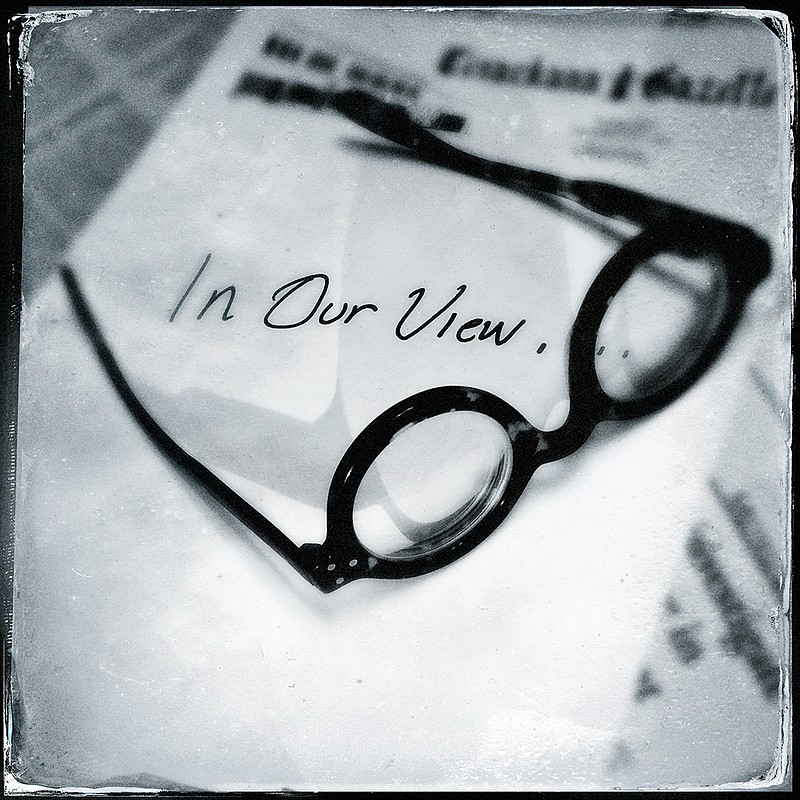The SAT has long been a rite of passage for high school students heading to college or university.
The test has two parts measuring verbal and math skills, and scores can range from 400 to 1600.
There is also an essay question, which students may or may not opt to answer.
The SAT score is pretty important. Students have been known to take the test more than once to get a boost. And there have been questions about the fairness of the SAT-and its counterpart, the ACT. Students with wealthier parents tend to do better on the exams.
The College Board-parent nonprofit of the SAT-is addressing that complaint with a new "adversity score" that will measure 15 factors about students including household income, neighborhood crime rate and how rigorous their high school curriculum was.
All this will be added up to a score. The average is 50. Anything above shows adversity. Anything below shows privilege.
Yes, we are serious.
We aren't keen on this kind of social engineering. Especially when it's done in the dark-the students will not be privy to their own adversity scores. Only the schools will see it.
That's a major red flag. And something that no doubt will invite litigation. Are students and their families just supposed to trust the College Board to have all the right information and interpret the facts correctly? Or the colleges and universities to use the adversity score without reverse discrimination?
There are some smart folk behind the SAT. But in our view this isn't one of their smartest moves.

